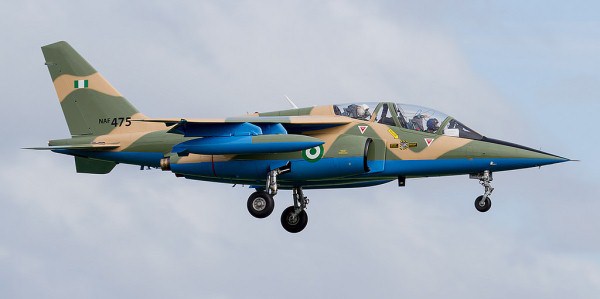How was the Nigerian military able to degrade Boko Haram, halt ISWAPs momentum and then decapitate the otherwise formidable organization despite being stretched to near breaking point? The answer is air power.
Strategic air strikes by the Nigerian Air Force weakened ISWAPs logistics sites including fuel dumps hidden in the forests. Ground troops would not have been able to speedily dislodge ISWAP without airpower, which provided essential intelligence via ISR flights and precision strikes bolstering troops confidence and motivation against a fearsome enemy. Owing to its flexibility, speed and range, airpower could swiftly shift from holding the front in the northeast to surging over the northwest when bandits massed and presented themselves as targets.
Read Also:

With Boko Haram degraded, ISWAP tried to make a stand by flowing reinforcements from the Sahel into the fight to show that it could withstand Nigerian airpower. But new NAF aircraft delivered precision air strikes in the most aggressive use of airpower till date, resulting in the death of top ISWAP commanders, sometimes on a weekly basis.
After suffering heavy losses, ISWAP proved to be less willing to go on the offensive, shifting its strategy of attacking soft targets and targets of opportunity and retreating to the Tumbuns of Lake Chad.
A combination of exquisite intelligence obtained via persistent ISR helped the NAF to destroy often well-fortified ISWAP camps and meeting points, protecting civilians and minimizing collateral damage.
Credit: Defense News Nigeria




